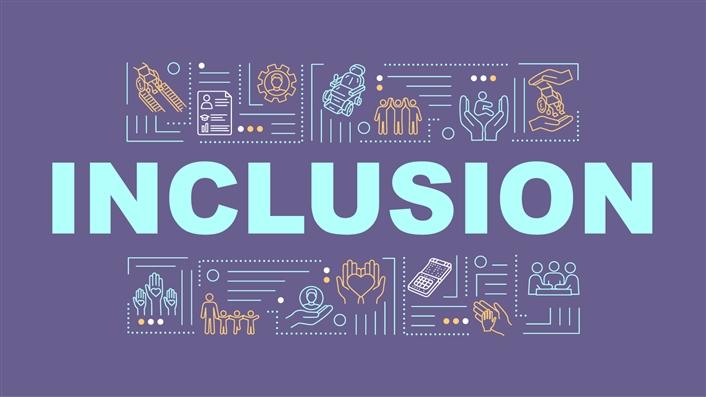
As we have students who are colour blind students homemakers, we will optimise the learning environment for Inclusive Design in the following ways.
Visual impairment: given that colour-blind students have difficulties with colour discrimination, we will avoid using colours to convey information in order to reduce this impairment. Instead, clear and concise labels, symbols and texts will be used to convey information.
Time constraints: Homemakers may have limited time to spend on learning. We will provide flexible options for learning time zones, such as online resources that can be accessed at any time and open discussion platforms.
Financial barriers: Homemakers and students may face financial constraints that limit their access to learning resources. To reduce this barrier, provide free or low-cost learning materials and access, or consider other forms of financial assistance such as volunteer assistance.
Unexpected Event Solution
In the event of an unexpected event, such as a pandemic, where planned learning activities need to be adjusted to meet the needs of colour-blind and homemaker learners, the following method we can choose.
Provide diverse learning resources –We can provide the online learning resources in a variety of learning styles, such as text, images, video and audio, to meet the needs of different learners. What’s more, diverse exercises and activities can be provided to help learners acquire knowledge and skills.
Provide support and assistance —We can also provided the support and assistance learners to help the student to address problems and difficulties encountered in learning. This could include online quizzes, online tutorials, online groups, etc. For example, “kahoot.com” online quiz game!
Simplify the use of technology –For housewife who may not familiar with technology, provide easy-to-follow instructions and ensure that online learning resources are easy to access and use.






Anastassiya
2023-03-08 — 10:49 am
Hi Jack! Thank you for your post! You shared many ideas on how you would accommodate the needs of diverse learners. I wonder what specific principles/checkpoints you are thinking about as per CAST?